
Economic Survey
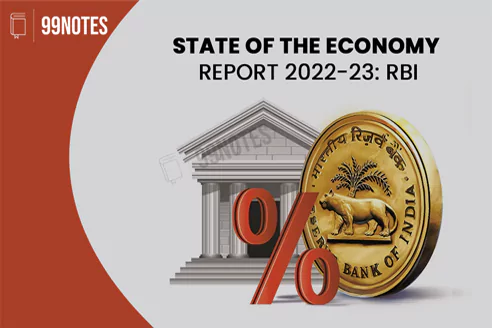
Chapter 1: STATE OF THE ECONOMY 2022-23
The global economic recovery post-pandemic was well on track before the Russian-Ukraine conflict broke out. However, the conflict disrupted the supply chain of critical commodities such as crude oil, natural gas, fertilisers, and wheat to soar, which made the inflation situation worse.
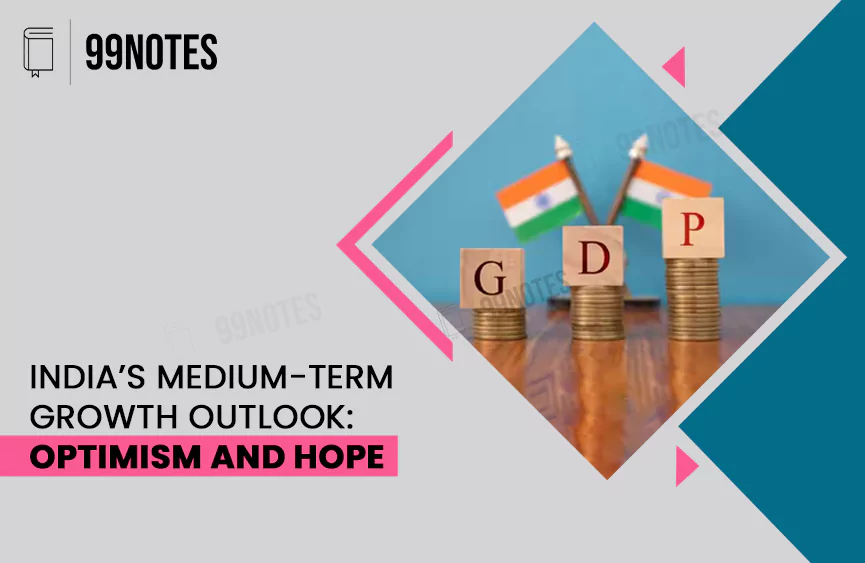
Chapter 2: India’s Medium-Term Growth Outlook: Optimism and Hope
The Indian economy has made several strides in the last few decades. This chapter covers India’s economic growth story in the last few years and compares it with several key indicators of the last few decades. Liberalisation: It ended the public sector monopoly and encouraged private sector firms by initiating the automatic approval policy for FDI up to 51% in many sectors.
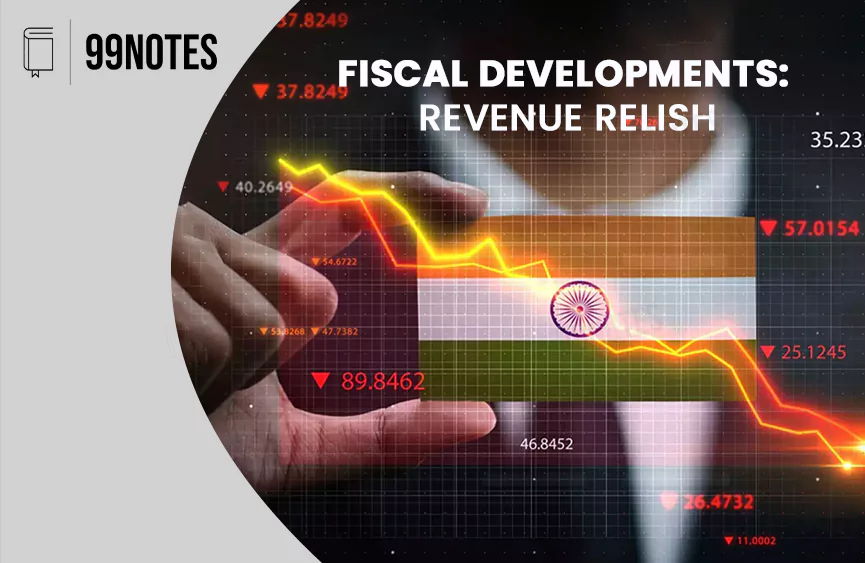
Chapter 3: Fiscal Developments: Revenue Relish
Fiscal space with governments has become essential due to global risks and economic uncertainties. The Government’s fiscal policy was instrumental in economic growth and providing a safety net to the vulnerable sections in the past years. Several factors, such as the conflict in Europe, overstimulation of demand, and supply chain disruptions, have led to inflationary pressure.
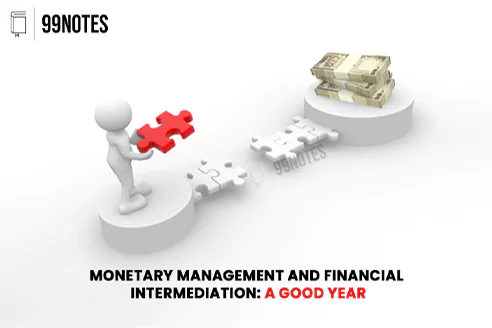
Chapter 4: Monetary Management and financial intermediation: A Good year
In the wake of the global scenario of growing economic uncertainties in the past couple of years – RBI and the government has taken necessary steps to deal with the situation of growing inflation. On the lines of other central banks across the globe, RBI has adopted a dear money policy along with some other systemic reforms, resulting in lower NPAs and bettering other operational indicators for financial institutions.
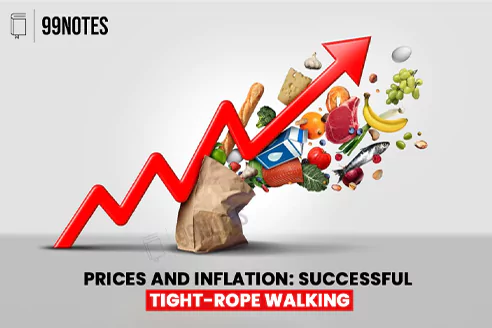
Chapter 5 – Prices and Inflation: Successful Tight-Rope Walking
In India, Consumer price inflation went through three phases in 2022. • A growing phase up to April 2022, when it crested at 7.8 %. • A holding pattern at around 7.0 % up to August 2022. • A decline to around 5.7 % by December 2022. FY22 witnessed lower CPI-Combined (CPI-C) based retail inflation compared to FY21. During FY22, ‘oils & fats’, ‘fuel & light’ and ‘transport & communication’ reported high inflation.
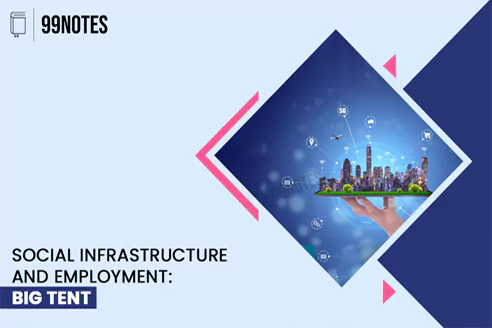
Chapter 6: Social Infrastructure and Employment: Big Tent
Social infrastructure forms the foundational services and structures that add to the citizens’ quality of life and indirectly contribute to economic development through increased income, better productivity and technological advancement. Quality of life encompasses various factors: Basic income and employment opportunities Education levels; Healthcare, Social security, Connectivity etc.
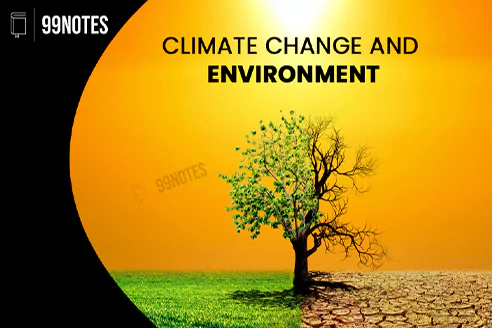
Chapter 7- Climate Change and Environment
Climate change is a prolonged change in weather and temperature patterns that can occur due to natural reasons. The global nature of the matter makes India one of the most critical countries though it contributed only about 4 % of the cumulative global emersion for 1850-2019.
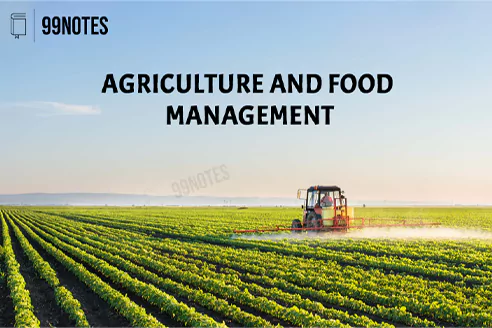
Chapter 8: Agriculture and food management
With its firm forward linkages, agriculture and allied activities significantly contributed to the country’s overall growth and development by ensuring food security. But the performance has been buoyant over the past several years. To tackle the issue, the government intervened: to enhance credit availability.
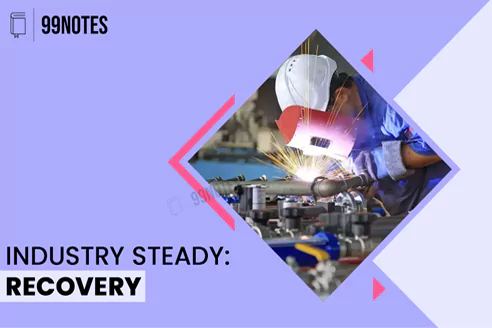
Chapter 9: Industry Steady: Recovery
The Indian industry is central to the Indian economy, contributing to about 30% of the total GVA. However, in the last three years, the Indian industries have faced a set of challenges, including the Covid-19 pandemic and the Russia-Ukraine war, due to which the input prices mounted, disrupting the supply chain.

Chapter 10 : Services: Source of Strength
India has been a major player in services trade, being among the top ten services exporting countries in 2021, having increased its share in world commercial services exports from 3% in 2015 to 4% in 2021. The Covid-19 pandemic hurt most sectors of the economy, with the effect particularly profound for contact-intensive services sectors like tourism, retail trade, hotel, entertainment, and recreation.
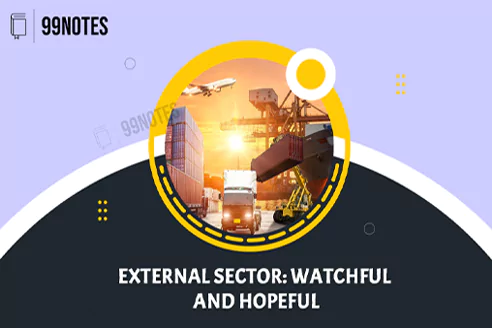
Chapter 11: External Sector: Watchful and hopeful
India’s external sector has been stroked by shocks and uncertainty manifested in terms of elevated global commodity prices; tightening international financial conditions; reversal of capital flows; heightening financial market volatility; currency depreciation, and looming worldwide growth and trade slowdown.
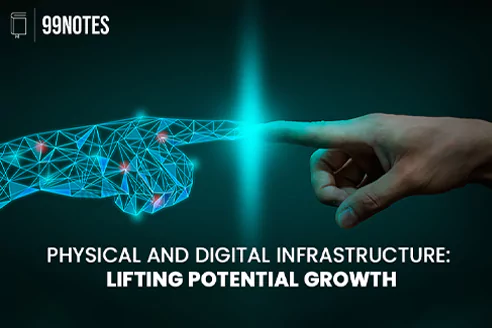
Chapter 12 : Physical And Digital Infrastructure: Lifting Potential Growth
To broaden the country’s socio-economic development, the Government has used social overhead capital to enhance development in the country’s remote areas via budgetary allocations, subsidies and effective programme delivery. In an integrated approach to developing infrastructure, the Government put forth the National Infrastructure Pipeline with a projected investment of 111 Lakh Crore FY20-25.
